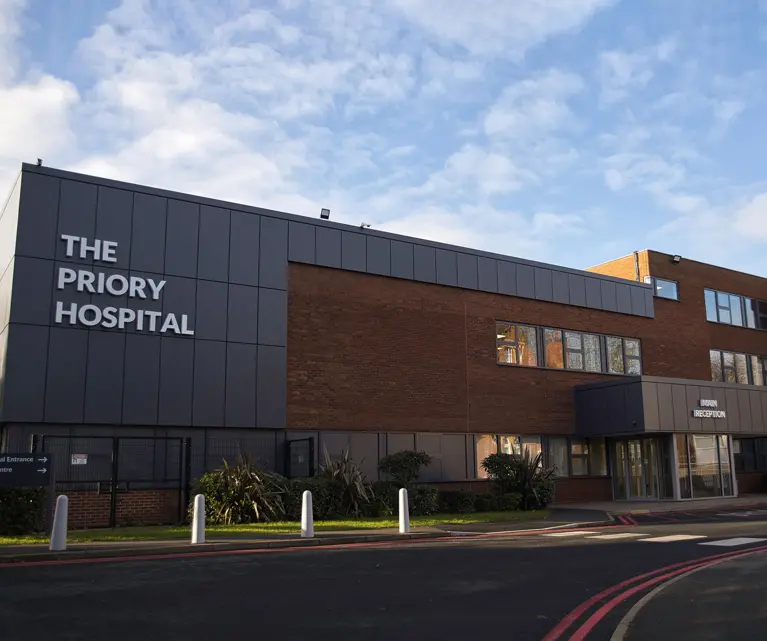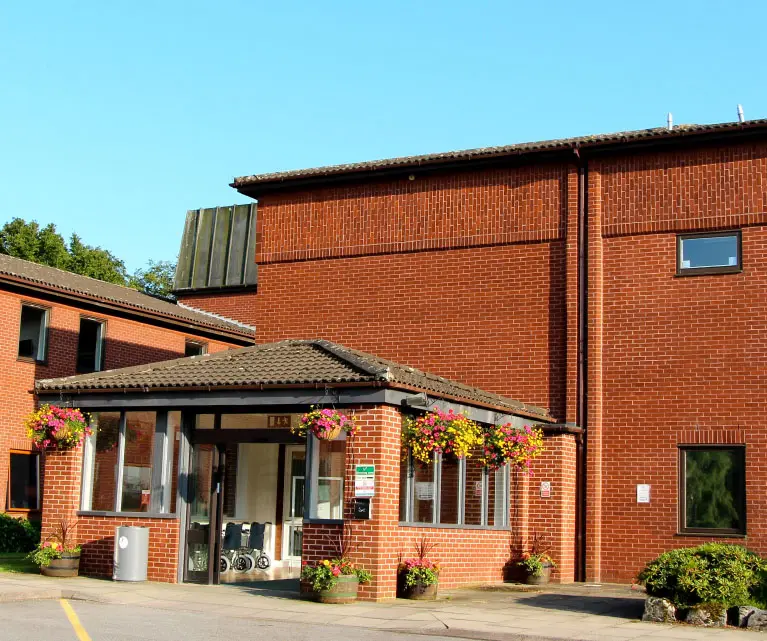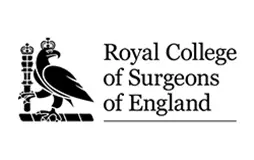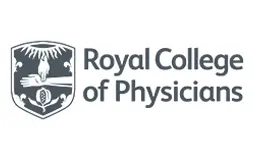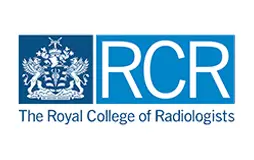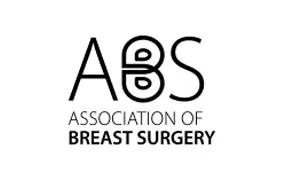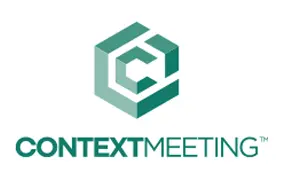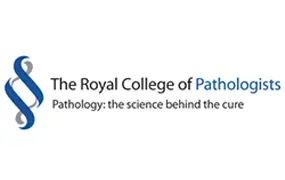However, there good news is that new drug discoveries are improving outcomes for patients with this problem. Approximately 15% of breast cancers are TNBC. Below we will discuss what TNBC is, and the new treatments improving the outlook for patients.
What is triple negative breast cancer?
TNBC is a type of breast cancer which does not have oestrogen, progesterone, or HER2 receptors detected. This means that treatments designed to target these receptors are not useful. Historically, these treatments have been the mainstay of breast cancer treatment. This means that, until quite recently, there was no targeted treatment available for TNBC. Traditional chemotherapy, such as carboplatin, EC, and paclitaxel are still used for TNBC, and can be very effective for some patients. However, new treatments are urgently needed.
Helping the body’s own immune system to destroy cancer: immunotherapy
We all know that the immune system helps us fight off infections. However, it also prevents the body developing cancers. One of the ways in which cancer can grow is by avoiding the immune system. Some cancers, such as TNBC, prevent activation of the immune system by switching it off in the area around the cancer. Immunotherapy reactivates the immune system to enable it to destroy the cancer. This treatment is typically given intravenously. In order to see whether you might be suitable for this treatment, a special test called PDL1 is required. This is usually done on an existing biopsy specimen.
At the time of writing, two immunotherapies are licenced for TNBC. The first to be licenced was atezolizumab (brand name Tencentriq) and the second, pembrolizumab (brand name Keytruda). Both have been shown to be better than traditional chemotherapy at shrinking and controlling secondary TNBC in well-designed clinical trials. Both are used in the first line setting, which means for patients who have not had any previous treatment for secondary TNBC.
In summary, immunotherapy is a very welcome addition to our treatments for TNBC, and it is vital to have a PDL1 test if you have secondary TNBC to determine whether this would be useful. Finally, immunotherapy is also in development for early TNBC to prevent recurrence..

Delivering chemotherapy precisely to where it’s required: antibody-drug conjugates
Antibodies are proteins that can “stick on” to specific targets in the body. They are used by our immune system to identify viruses and other infection. However, they can also be manufactured to attach to any target. Scientists have used this fact to create antibodies that can attach to TNBC cells. In addition, a small amount of chemotherapy can be added to the antibody. This is called an “antibody-drug conjugate” or ADC.
The advantage of an ADC is that is can deliver chemotherapy precisely to areas of TNBC within the body, while avoiding normal areas.
At the time of writing, the ADC licensed for treatment of secondary TNBC is sacituzumab-govitecan (brand name Trodelvy). In clinical trials, it has been shown that this drug is better than traditional chemotherapy for patients who have had multiple previous treatments for secondary TNBC.

Case study with antibody-drug conjugate: Trodelvy (Sacituzumab-govitecan)
Sarah is one of my patients who has been bravely battling TNBC for some years. Recently, her disease had worsened following extensive surgery and multiple chemotherapy treatments. This had made her feel very unwell and her quality of life was unfortunately poor.
Fortunately, Trodelvy had very recently been licensed in the UK and we were able to obtain funding for this through her insurer.
The transformation was very rapid. Sarah felt better almost immediately after the first infusion, and continued to improve. Two CT scans have shown the her TNBC has reduced significantly in size and is currently under control. Sarah continues with her treatment and is getting back to leading a normal life.


